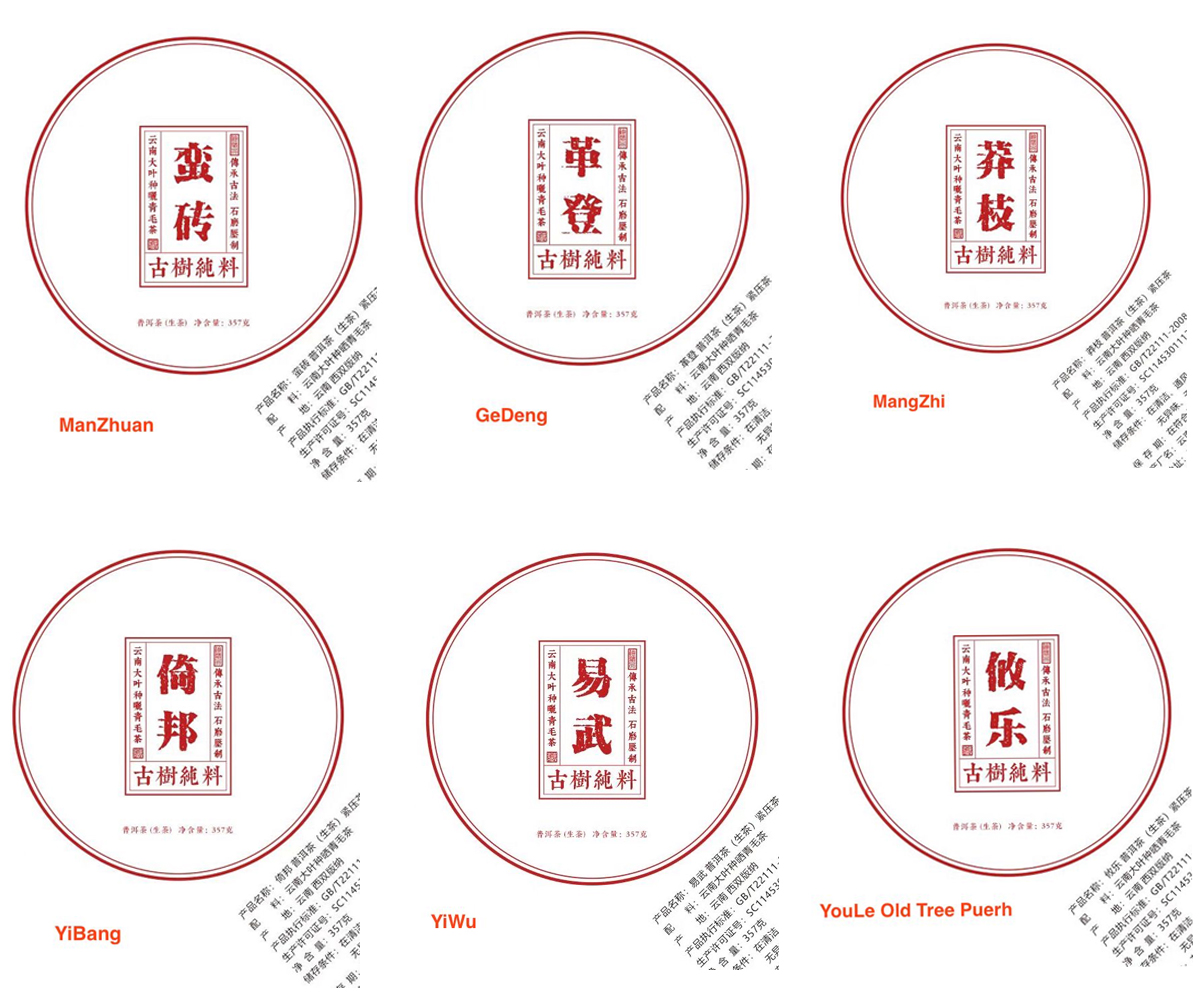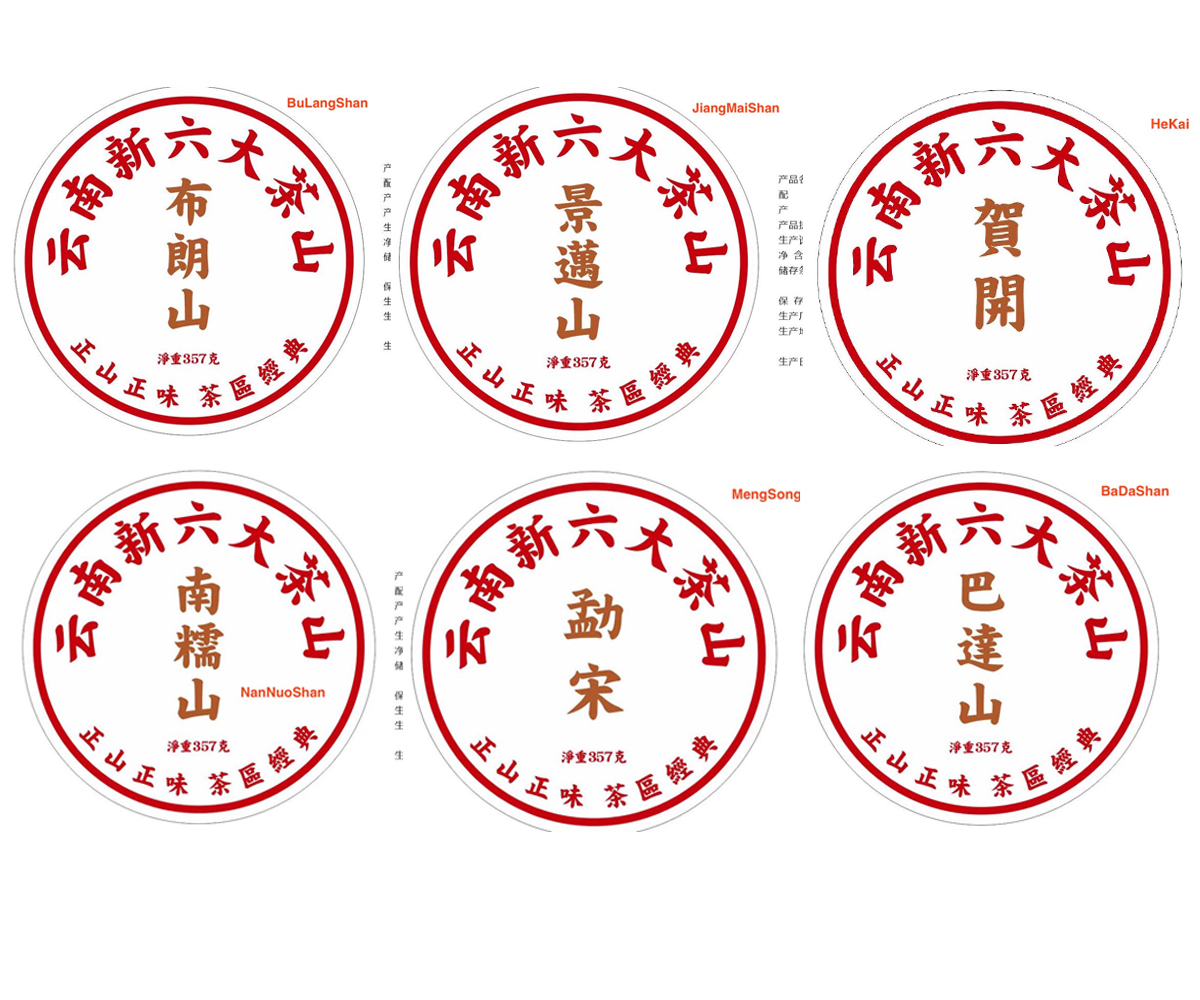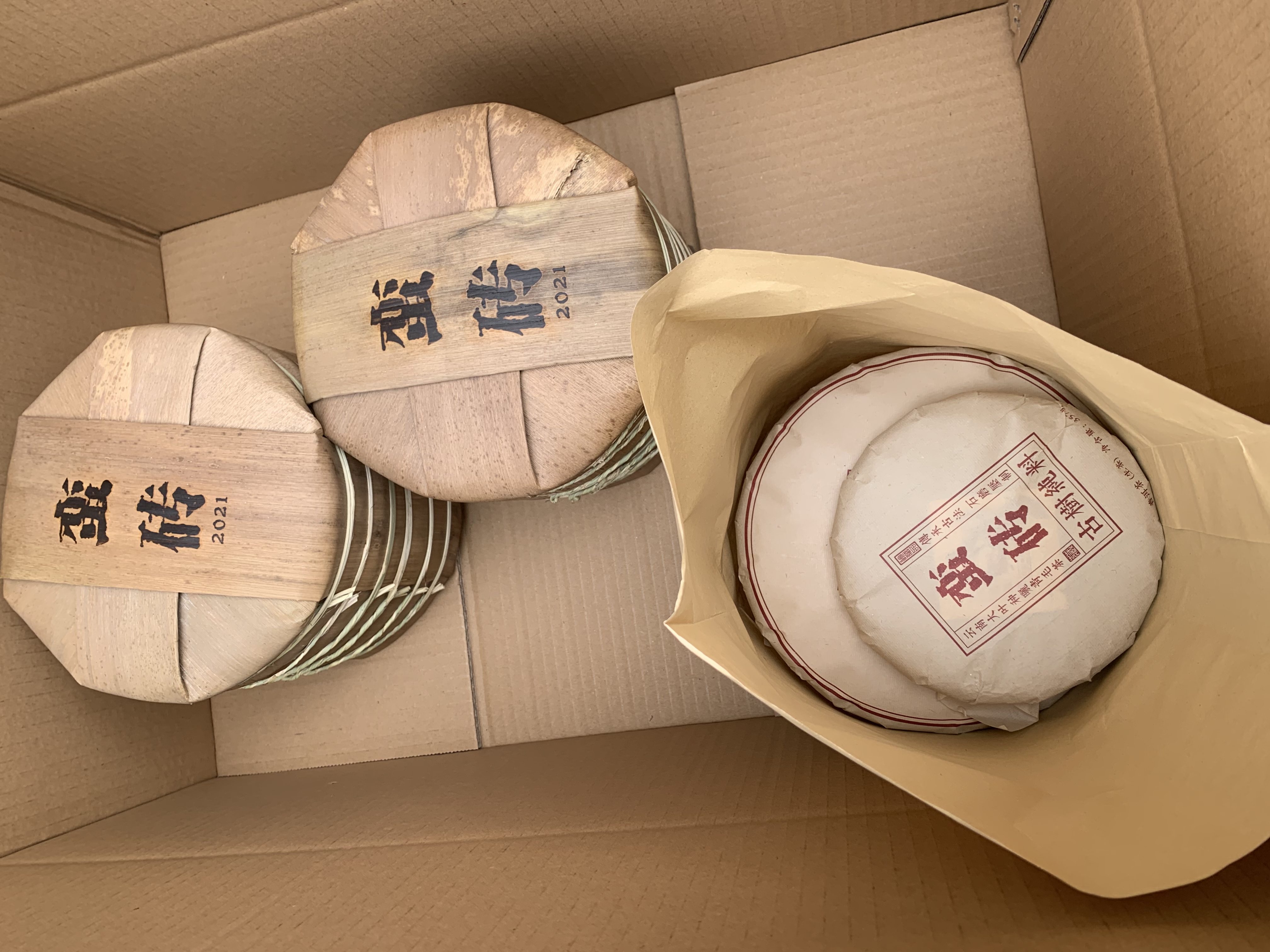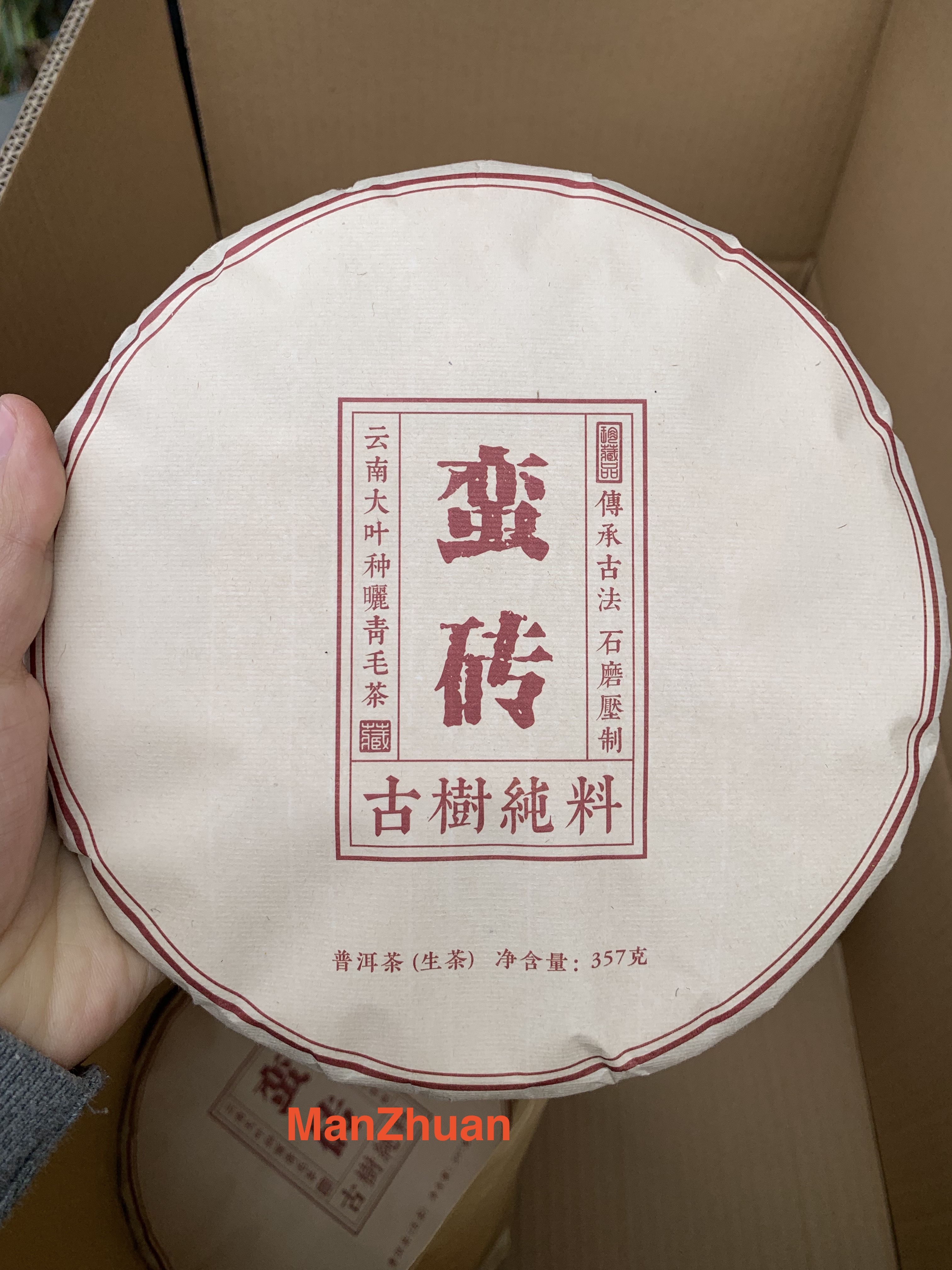The China Scoop - Ming Qian 2022
8th Apr 2022

Ming Qian season - teaming with life and vibrance
Though we can't travel, news does. So we got the goss from our local China runners on what's just happened this Ming Qian spring flush season. From Fujian to Yunnan here's the brief lowdown.
This Season
Quality of whites and greens are consistent with the year before. First buds during this Ming Qian are their usual flourishing selves throughout Zhenghe to Fuding - keeping white tea prices high (more on that later). Zhejiang greens are also doing well this season, the weather has been typical of early spring.
Tea-conomics
Two major impacts on tea cost. Let's start with what's continued to happen with white tea. Domestic price speculation ever since President Xi made it publicly known white teas were his favourite has meant prices keep skyrocketing year after year. In the case of white teas, we are seeing doubling of prices every year and this is likely to continue into the foreseeable future. If it is still within your reach, consider buying up now or conversely if you don't want to contribute to the artificial inflation, hold off until fervour settles (if ever).
Now the good news. Since foreigners have been banned from entering Yunnan for more than a year, the pu-erh marketplace has been trading at about half-pace. Due to this fall in demand, prices have dropped while quality has increased. Whether it's your first first dip into pu-erh or you're a connoisseur, this is the year to go hard. Our Yunnan fixer says across the 12 ancient pu-erh mountains*, great value and flavour can be had right now.


*The 12 Ancients
Originally, there were six ancient pu-erh tea mountains. Youle, Gedeng, Yibang, Mangzhi, Manzhuan and Yiwu. Six more "new ancient" pu-erh tea mountains Bada, Mengsong, Nannuo, Hekai, Jingmai and Bulang were later added - these new ones are still considered ancient because tea trees found here are also hundreds of years old but were just discovered and named later.
Some "cheat notes" to help you select should you take up this advice to invest in pu-erh this year. Of course, mountains or regions are only one of numerous aspects that help determine outcome but it's a good start.
- Youle: similar softness to the famed and prized Yiwu leaves, maybe packs a teeny more punch both in fragrance and depth of flavour
- Gedeng: dry leaves are tight, shiny and taste is fruity and lasting. A forest-floor feel on the palate.
- Yibang: with its small "cat ear" leaves flavours morph and cycle through waves of astringency and sweetness with a lasting afteraste.
- Mangzhi- leaves are tidy, yellowish-green. Tend to be on the sweeter end, also giving off a salivating moreish mouthfeel.
- Manzhuan: high floral and forest green notes.
- Yiwu: tallest mountain, highest altitudes the celebrity of all the pu-erh mountains. Over 20 villages here renowned for their long history of quality production. Regarded as the queen of pu-erh, leaves here offer a sweet, lasting and silky brew.
- Bada: wild ancient trees are abound here! Fruity, fragrant with cooling afters.
- Mengsong: many high quality varietals found here known for there well balanced and lasting drop.
- Nannuo: some of the oldest trees here, some 800+ years old. Large leaves with the classic ancient tree qualities of smoothness on the palate, little to no astringency.
- Hekai: dry afters, a combination of sweet and bitters.
- Jingmai: thousands of acres worth of ancient trees here but uniquely balanced with the cultivation of newer bushes. Fruity and floral.
- Bulang: intensity and richness is the renown for this productions from this mountain.


